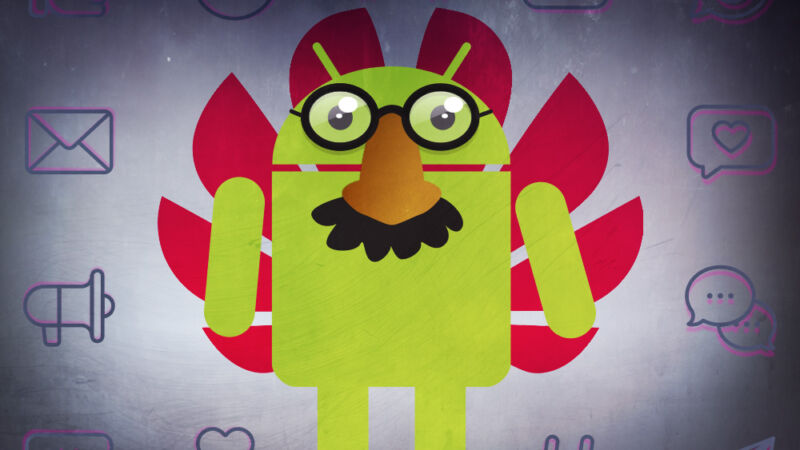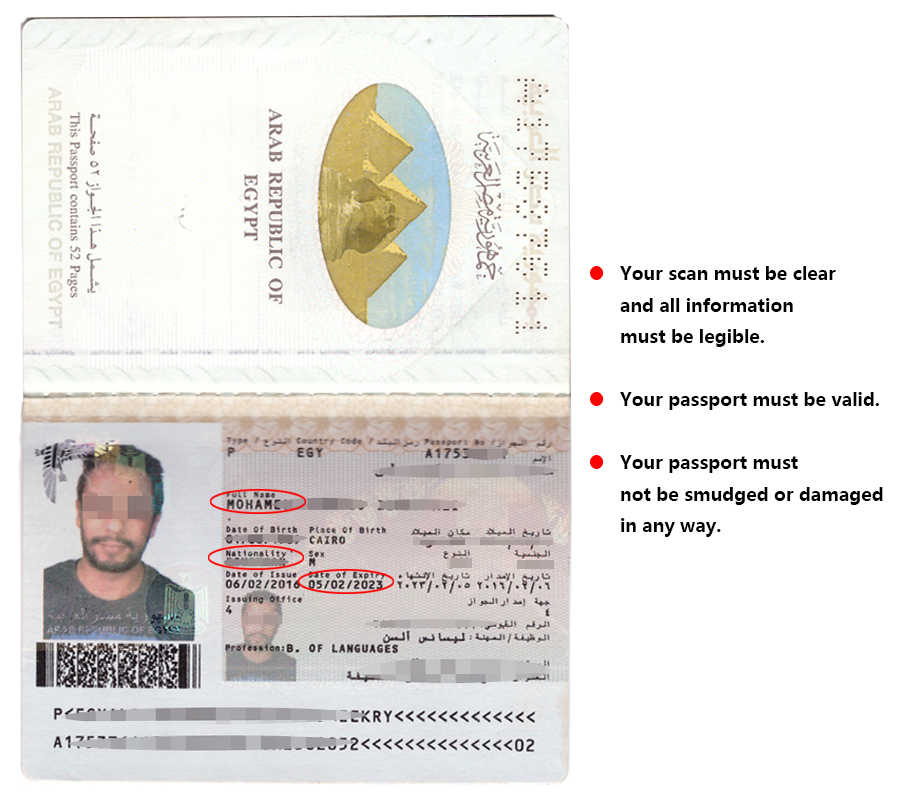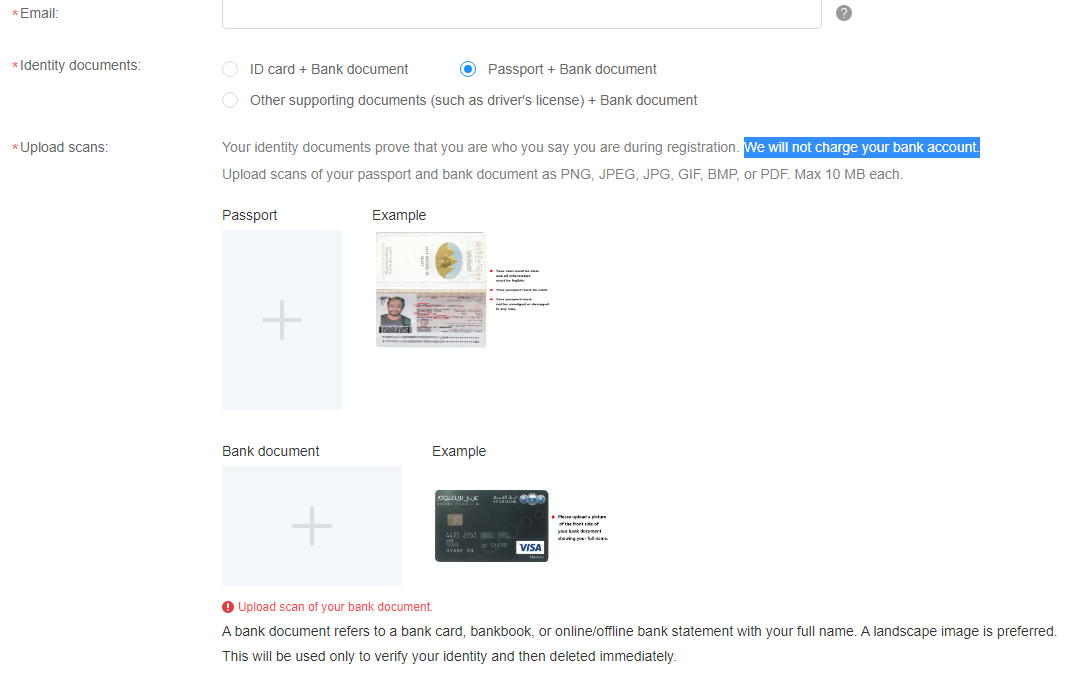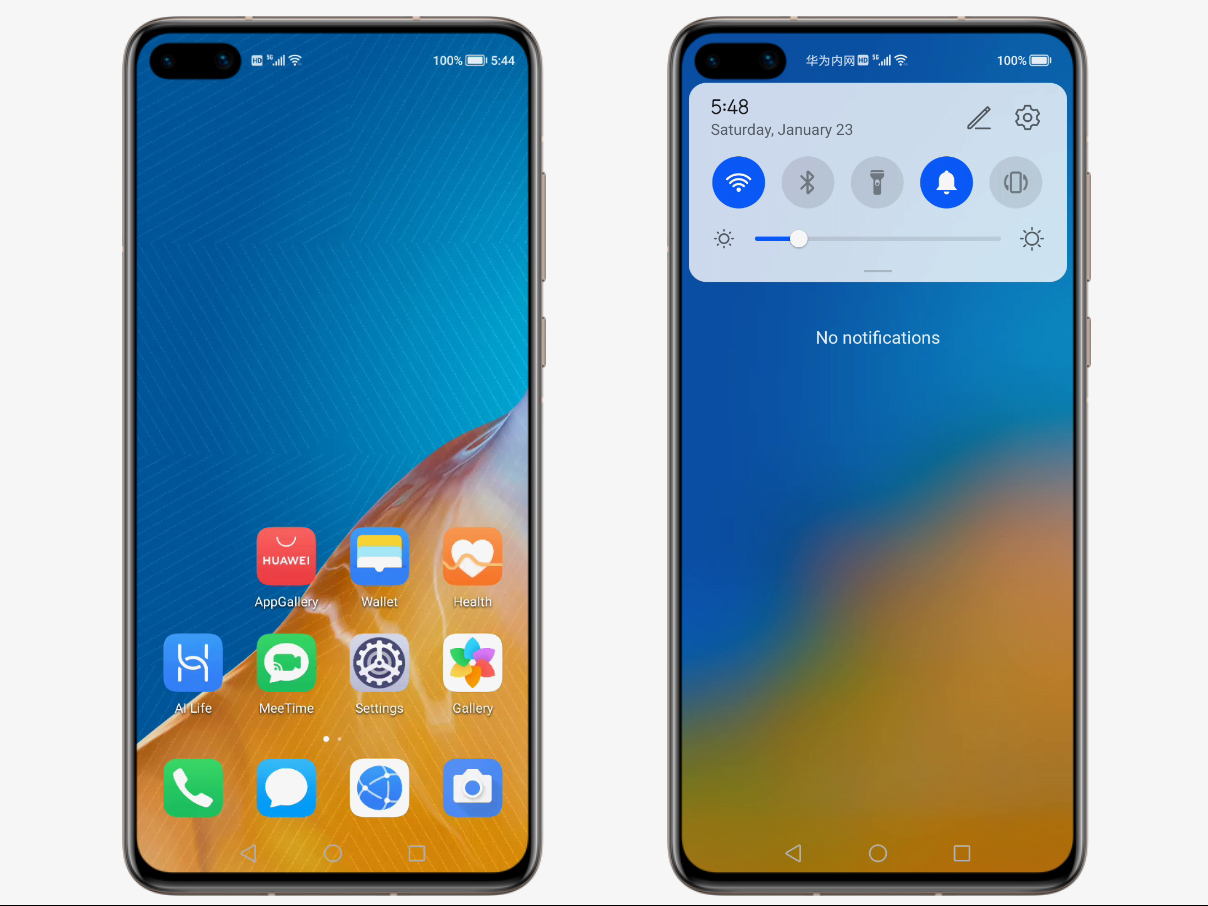
We have written several times about the developments of Huawei. After falling under US sanctions, she began to create her own hardware and software solutions. In particular, processors and software. The most commonly mentioned among these developments is the Harmony OS operating system, which many believed was created from scratch.
Development started in 2019, and now the second version of the system is presented. At the same time, the president of the Huawei software development department said at one time the following: "Harmony OS is neither a copy of Android, nor a copy of iOS." But is it? As the Arstechnica editors learned, the words of the developers are very different from reality.
How did you get Harmony OS for the test?
It turned out to be a long and complicated process that requires registration. And not just an indication of a nickname, mail, etc. Developers (do not forget, we are talking about China) ask for a complete list of documents for personal identification. The main one on this list is a passport. I had to scan and send all the pages.
Compare this with Android, which downloads you need to go to the Android SDK page and click on the link, after which the download begins. Apple's process is a little more complicated, but there is nothing fatal there either.


But the matter is not limited to the passport. When creating an account, you also need other documents, including a credit card. Yes, exactly - a photo of the front of the card is required. In addition, you must indicate your full name, email, telephone. After entering the data, you need to wait two working days. Then, if you're lucky, the account will be approved - the registration process can be considered complete.
And if the SDK can even be found somewhere on a third-party resource, then Huawei will not be able to launch it without synchronizing with its developer profile. The emulator will refuse to work. Perhaps for developers from China this is normal, but for representatives of other countries, such formalities look strange.
There is a possibility that Huawei deliberately complicated the process, hoping to attract exclusively Chinese specialists. But this is just a guess.
Well, now - to the system itself
Yes, a brand-new operating system that Huawei created from scratch!

Once you have access to the SDK, you will not be able to run it on your local computer. Instead, a "remote emulator" comes into play. All this is very similar to cloud games, when the content is played somewhere there, and only the video stream arrives on the player's machine. As far as you can tell, the server with the emulator is located in China. According to Arstechnica journalists, it may not even be an emulator, but a real phone with remote access enabled. The picture quality is 720p. In principle, enough for work.
Upon launch, the developer sees ... a complete copy of Huawei's EMUI Android shell. If you look at the information about the system, Android 10 is mentioned everywhere. The company claims that this is just a feature of the shell, which has not been changed (again it looks very strange).

A short tour of the system gives the full impression that we are dealing with Android. This is indicated, among other things, by system applications with the names "Android Services Library", "Android Shared Library", "com.Android.systemui.overlay", "Androidhwext" and others. There are about 10 of them. But it should be different, since we are working with Harmony OS v2.
If you visit the "Huawei App Gallery", which is actually a catalog of Android applications, then everywhere we see information about Android 10 Q. And it would be fine if it was just an alpha or beta version of the OS that does not work or works, but badly. An example is Google Fuchsia and Samsung's Tizen. There are problems, broken applications, limitations, etc. But still, these are full-fledged operating systems. Not shells, but platforms built from scratch. If you imagine that Huawei has completely copied the Android interface, then you need to try - copy everything so accurately, including system libraries and everything else.
According to the journalist Arstechnica, there are no problems with the release of the new OS this year. If this is just a modified Android, then there won't be much difficulty. The application catalog contains software familiar to all from Google, Microsoft, Amazon, TikTok, WeChat, Tencent, Baidu, Weibo, Evernote.

Huawei seems to have simply replaced all Google apps that will not work due to the sanctions with its own. At the same time, the rest of the developers did not even try to change much. Most of the elements have remained unchanged, these are the original Android elements, system applications, and everything else. As far as you can tell, this is all just a fork of Android and nothing more. In general, everything is okay with this, no negative. But it’s unclear why Huawei is reluctant to simply admit that it is developing a fork of Android rather than a full OS.
A little more weirdness
HarmonyOS has an Open Source version called " OpenHarmony ". At the same time, just here we see a completely original system, intended, however, only for IoT devices. OpenHarmony identifies itself as Version 1.0. It uses the LiteOS IoT microkernel, and the applications from the repository are not Android applications.
But the second version, designed for phones and tablets, is already Android, slightly modified, but still Android. Even the emulator is based on Linux, and the applications are entirely software for Android.

Here is the documentation for the system. She is also very, very strange.
Fork Android is a good option for China
From a technical point of view, everything is clear here. In terms of avoiding US sanctions, fork Android makes sense. The fact is that Huawei itself can use the OS, it is forbidden only to work with Google services built into the operating system. Everything is logical here - for a quick launch of a line of phones that can be sold without restrictions, a fork of Android with Chinese services is quite enough.
But strangely (yes, this word is often repeated throughout the text), Huawei plans to license its OS. How this can be done with a redesigned Android is unclear. Perhaps we are talking about the first version of Harmony OS, which is not a fork. But, if so, Huawei still doesn't comment on anything. At least for now.
Plus, Huawei will not be able to sell phones with modified Android around the world, as users will not be able to access applications from Facebook, Snapchat, Netflix, Hulu, Amazon, Twitter, Roku, SoundCloud, Pandora, Amazon, Uber, Lyft, Tinder, Shazam and etc. The rights to them belong to American companies, which means that the software cannot be used. In addition, there will be no Gmail, Chrome, YouTube, Google Assistant, Google Maps.
Most likely, the company will sell its modified Android phones in China, not overseas. If so, then everything becomes clear, and the company's steps are quite logical. But you shouldn't call the OS your own development, it's rather just the Chinese version of Android - about the same as the versions of Linux that we wrote about.
